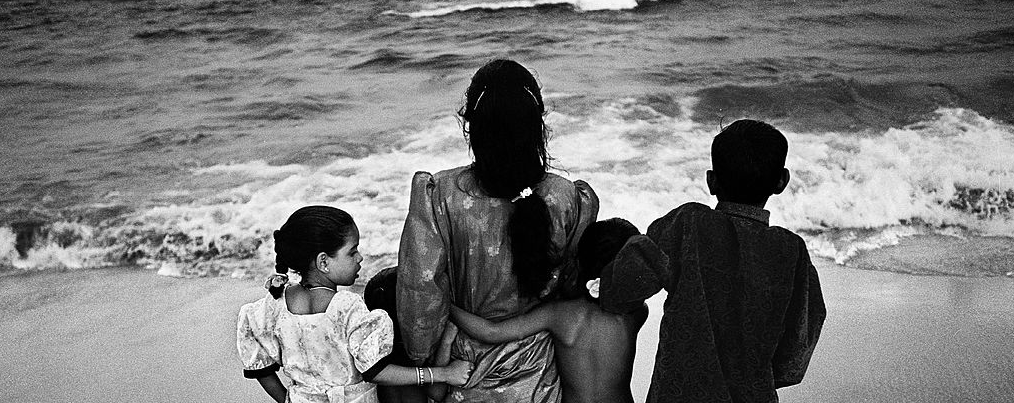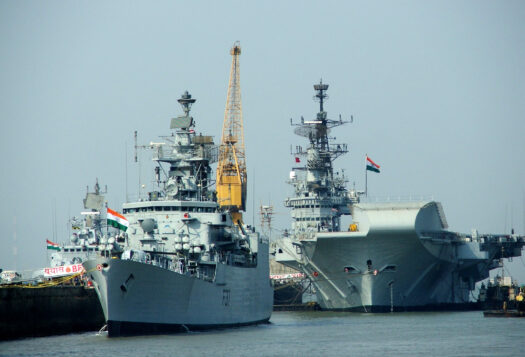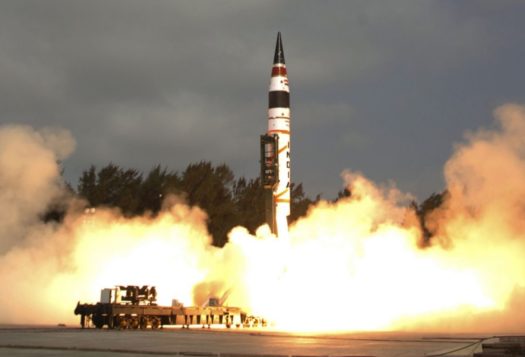
By: Zainab Ahmed, MPhil International Relations, University of the Punjab, Lahore
Oceans have remained the focus of attention in the quest for power throughout human history. Ocean waters are integral to trade, but the significance of maintaining a balance of power with competing states makes oceans even more relevant. The Indian Ocean is the third largest ocean and can be considered the lifeline of the world—it is an important maritime silk route, especially considering China’s proposed plan to connect its industry to the Indian Ocean’s ports. The traditional rivalry between India and Pakistan has entered into the Indian Ocean, where India wants to achieve considerable control. Pakistan is fighting to maintain a balance between the two in this arena.
The Indian Ocean is the third largest body of water, covering 20% of the Earth’s surface and accounting for 73.56 million square miles. About 35.7% of the world’s population inhabits this region. Trade makes this ocean immensely important—in particular, the trade of oil. The littoral states of the Indian Ocean have immense wealth. Around two-thirds of the world’s oil reserves are in this area. Moreover, 35% of the world’s gas reserves, 60% of uranium, 40% of total gold, and 80% of total deposits of diamonds are found along the Indian Ocean, making its littoral strategically important. The sea-lanes of the Indian Ocean serve as an important route for oil trade—the Gulf states produce 17,262 million barrels each day (43% of the total global trade). The trade routes through the Straits of Hormuz, Malacca and Bab el-Mandeb are of immense importance. The markets and the region of Africa are a potential trade hub.
India and Pakistan are two traditional rival states of this region. Their conventional and nuclear rivalry is one of the root causes of instability of this region. India is now focused on enhancing its influence in the Indian Ocean. This can be better observed through the broad contours of India’s defense policy. India has apprehensions towards China and Pakistan’s role in its backyard (the Indian Ocean). China’s increasing focus and role in the Indian Ocean, enhancing of defense ties with Pakistan, Sri Lanka, and Maldives, and its “maritime silk route” policy are alarming for India. In response to these concerns, India seeks to modernize and expand the Indian navy.
China has emerged in the global political landscape as significant power. With the changing political considerations of the twenty-first century, China has revisited its naval policy, shifting from isolation in the Indian Ocean to a vibrant and proactive movement. China’s energy-hungry economy also gets its energy supplies from these routes. China is enhancing its influence in the Indian Ocean by providing diplomatic aid and support to small islands in the region. For India, these factors are critically important and a plausible hindrance to India’s strategy of increasing its influence in the region.
China’s interest in Pakistan’s Gwadar port is also an irritant for India. China’s plan to open up supply routes to Central Asia from Gwadar further limits the Indian role in the region. There has been recent speculation that China will create a fourth fleet containing two Career Battle Groups based at Hainan Island. Few experts argue that China is trying to make an arrangement like the United States’ Sixth Fleet by deploying a fleet in this region, but there are still speculations about it.
India entered the twenty-first century with a small but strong regional naval posture. India seeks to achieve a “blue water” navy, however, it faces numerous challenges regarding human resources and technology. The Indian Navy had poor indigenous infrastructure to develop naval weapons and other equipment, however, the Indian Navy was the fifth largest navy in the world by end of the twentieth century. The fleet was, however, aging and most vessels were to expire. Moreover, not all of these vessels could be used at one time, and only half of them were in operation at one time.
The Indian Naval Doctrine of 2004 initiated the modernization of the Indian Navy, which was further developed in the Indian Naval Doctrine of 2009. The Indian Navy is now emphasizing indigenous development of its program. The INS Vikrant is a prime example. The INS Arihant – the first indigenously-built nuclear-powered submarine – was the next step. Indian expansion in the Indian Ocean is being enhanced through the influence of small island states like Mauritius, Sri Lanka, and the Maldives, as well as through the establishment of a new naval base, the INS Baaz at Campbell Bay. Still, India has technological and financial problems in achieving this goal.
Pakistan’s defense paradigm has been India-centric since 1947 due to continuous conflicts, crises and tensions. Now it reflects in naval development as maritime security and competition increasingly impact India-Pakistan relations. Whereas previous conflicts between the two rival states had been terrestrial, India’s expansion and development ring alarm bells in the minds of the Pakistani security establishment. The challenges Pakistan faces in the Indian Ocean are immense, and now maritime terrorism is emerging as another challenge for Pakistan. The global community questions how Pakistan will mitigate the situation. However, it also ignores the role of various actors in the region that complicate the realities of the situation, limiting Pakistan’s ability to overcome them.
Pakistan seeks to neutralize the conventional superiority of the Indian military. Pakistan has been able to achieve five relatively new diesel submarines. Pakistan was the first naval force in the region to have submarines equipped with air-independent propulsion through shape of the French Agosta-90B vessel. The addition of nuclear submarines in Indian fleets further exacerbates the arms race and competition in the Indian Ocean.
Pakistan and India are traditional rival states. They have deep rooted apprehensions towards each other, emanating from their sour relations since the partition of Subcontinent. The Indian Ocean is a significant and relevant body of water. It has political, economic, security, and energy implications for the whole world. It is the global trade route encompassing oil and energy trade, which is the driving force of the whole world’s industry. The Indian Ocean is the theatre of a new game for global powers. There are various rivals in competition for influence. India seeks to become a global power with an active role in every sphere, but must compete with Chinese influence. Pakistan’s primary security threat comes from India. Its foreign policy has long been hostage to this threat. The rivalry risks reaching the Indian Ocean, as Pakistan seeks to balance against India.
***


